A leading US litigation funder has announced £10m profits ahead of its expansion into the UK market.
In its financial results released this week, Burford Capital revealed it committed around £113m to 19 new investments during 2011. Since being launched in September 2009, the group has invested an average of £4m per case. Net returns are often as much as a third of the settlement, although this varies case-by-case.
Now the funder plans an ‘aggressive’ move into the UK market, having acquired legal expenses insurer Firstssist in December.
The acquisition could mean hundreds of UK cases on Firstassist’s books receive funding from Burford - at a much lower average investment - in the coming months.
Chief executive Christopher Bogart said the existing model for the US business will change significantly when it transfers across the Atlantic. ‘As the prominence and acceptance of litigation funding continues to grow, we continue to see robust levels of inquiry and strong demand for our capital.’
He added: ‘Most excitingly, we are seeing an increase in the users of capital - litigants and law firms - thinking creatively about how to put capital to work in their businesses.’
Bogart explained that Burford had ‘no say whatsoever’ in how cases conclude and could not insist on early settlements. This model, he said, can only work if there are sufficient investments to ensure a return on investments every month.
Bogart said he was aware of continued criticism of third-party litigation funding in the UK, but blamed it on ‘entirely self-interested people of firms that today benefit from the imbalances present in the litigation system’.
However, he warned that with increasing investments in UK litigation comes the greater chance that unsuitable groups will join the market.
‘With increasing prominence comes the risk of market activity by those who are less than forthright about their capabilities and limitations,’ he said. ‘We urge diligence and probing investigation by investors or potential users of capital to ensure that claimed market participants in fact have the capital and the capacity to do what they promise.’



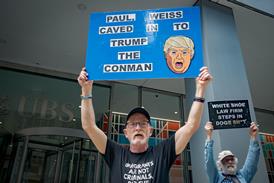




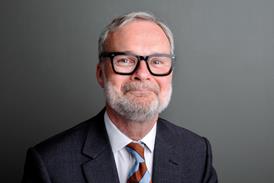



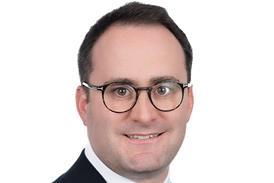


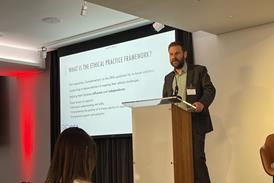

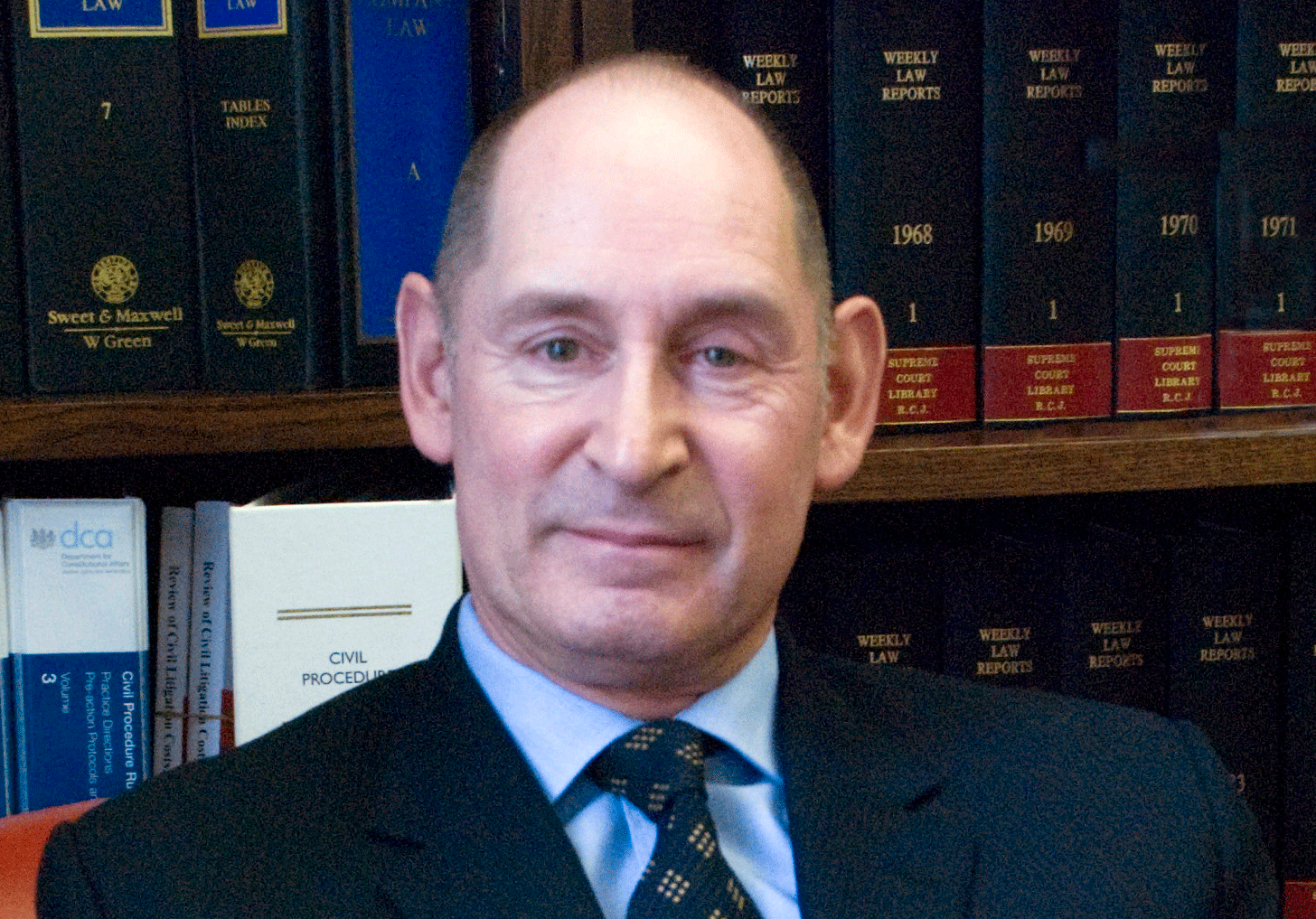









No comments yet